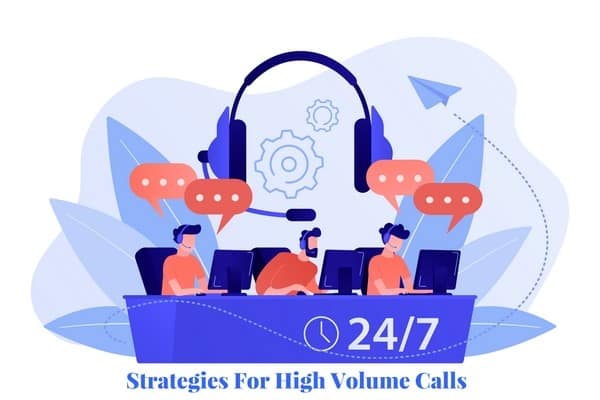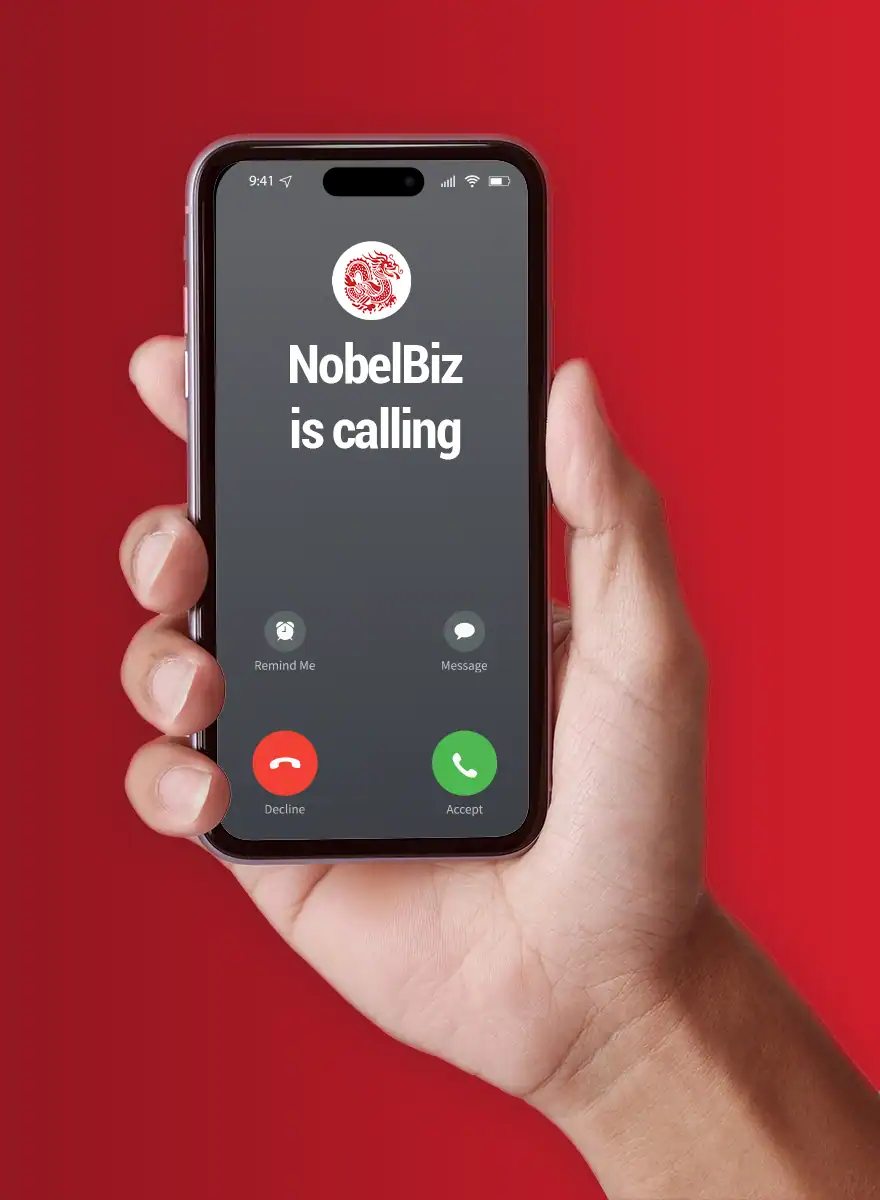As the holiday season approaches, contact centers experience the most frenetic time of the year, for both managers and agents. With 70% of customer contact occurring prior to the finalization of a request providing a flawless customer care experience can be very challenging. So the question is, how to efficiently deal with high volume phone calls?
Best practices for effective call peak management
The volume of calls can be influenced by the season, upcoming events, holiday periods, or even by the presence of defective products on the market. In order to maintain customer satisfaction, contact centers need to develop a plan to prepare for these peaks.
Here are four methods to prepare you and your teams for an increase in client calls and ensure that their expectations are always met.
1. Use customer history
Review historical customer data to predict potential high volume telephone calls. You can track specific months or periods where there has been an increase and specifically identify certain times of the day that are the busiest. This information will help you decide when to hire additional agents and prepare them to handle calls effectively and efficiently.
2. Be proactive
Consider using agents from your other campaigns during peak periods or before specific events to reduce average wait times. Another option is to work proactively with the human resources department to hire part-time agents to take over during these periods.
3. Cloud Technology
Whereas traditional contact center technologies have limited flexibility in terms of call management, and rely on a hardware infrastructure that is not very flexible.
A Cloud solution can adapt perfectly to fluctuations in customer activity, guaranteeing optimal scalability according to your needs, but also offering a model that is perfectly suited to platforms with high call volumes.
A solution such as NobelBiz OMNI+ will help you increase productivity by reducing call handling times and allowing you to handle more requests with the same staff. At the same time, it will allow you to navigate between customer files across all communication channels.
4. At exceptional times, exceptional customer care is a must
Holiday seasons are the best opportunity to improve your customer service and also your Key Performance Indicators. Don’t miss this golden opportunity!
Reactivity is a good starting point, but it doesn’t prevent you from looking for another form of proactivity as well. Your customers’ habits change during those periods, as does their more festive and relaxed state of mind.
Get in tune and innovate by offering exceptional services. You can :
- Extend your customer service hours for your clients
- Be more flexible on the call scripts
- Highlight the importance of positivity and smile on the phone
At the strategic level, the Business Continuity Plan (BCP) represents a reference that helps to promote continuity of activities during high volumes of telephone calls periods.
Business Continuity Plan, a preparation for the unexpected
Developing a BCP consists of anticipating the impacts of call overflow in order to better control them. This strategy involves identifying the consequences of an increase in the volume of calls and the best practices to manage them.
Determining in advance problems that the situation may cause will allow you to adjust resources accordingly. This fail-safe will outline the steps to be taken to reduce the damages to your entire campaign.
Here’s what you can learn from the business continuity plan
- The risks incurred by your contact center when faced with a large number of calls
- Consequences generated by the peak of calls
- Impact on the quality of customer service and contact center numbers
- What actions should be taken to limit the harmful consequences?
How to build a business continuity plan?
The development of a business continuity plan consists of 4 steps:
- Identifying problems: This step involves determining issues and risks that your BCP must address. Notably, maintaining a high-quality customer experience, continuing to satisfy clients, maintaining the quality of service that meets their needs, and, reducing waiting times.
- Risk mapping: you must identify threats to your business during high-volume phone calls. This means analyzing all possible risk factors that could hinder a campaign’s success;
- Impact analysis: this step consists of identifying the repercussions of the situation on contact center performances. In other words, key performance indicators;
- Searching for solutions: By defining solutions that ensure continuity for contact center campaigns during and after high volume calls.
Business Continuity Plans should always be followed before and during high volume calls to adjust actions based on the facts and metrics that arise.
Are call overflows really a problem?
During the preparation phase for call peaks, your main goal should be all set. That of having a perfect strategy implemented, in order to anticipate any influx of customer requests.
When it comes to customer relations, periods of high traffic should not be seen as constraints to be managed as best as possible. Think of it as an opportunity to make a difference as a contact center and create a real competitive advantage!

Michael McGuire is a contact center industry expert with almost two decades of experience in the space. His experience includes roles as Director of Contact Center Digital Transformation at NobelBiz, and as Director of Operations at FLS Connect, managing multiple call centers. As President of Anomaly Squared and Targeted Metrics, Michael successfully transitioned companies into remote operations and significantly boosted revenues. With a strong background in customer service, leadership, strategic planning, and operations management, Michael excels in driving growth and innovation in the call center space.
Mike is also a proud Board Member for R.E.A.C.H Trade Group, promoting consumer protection and satisfaction and Co-host of the Off Skripted Podcast – a show about Life, Call Centers and everything in between.







